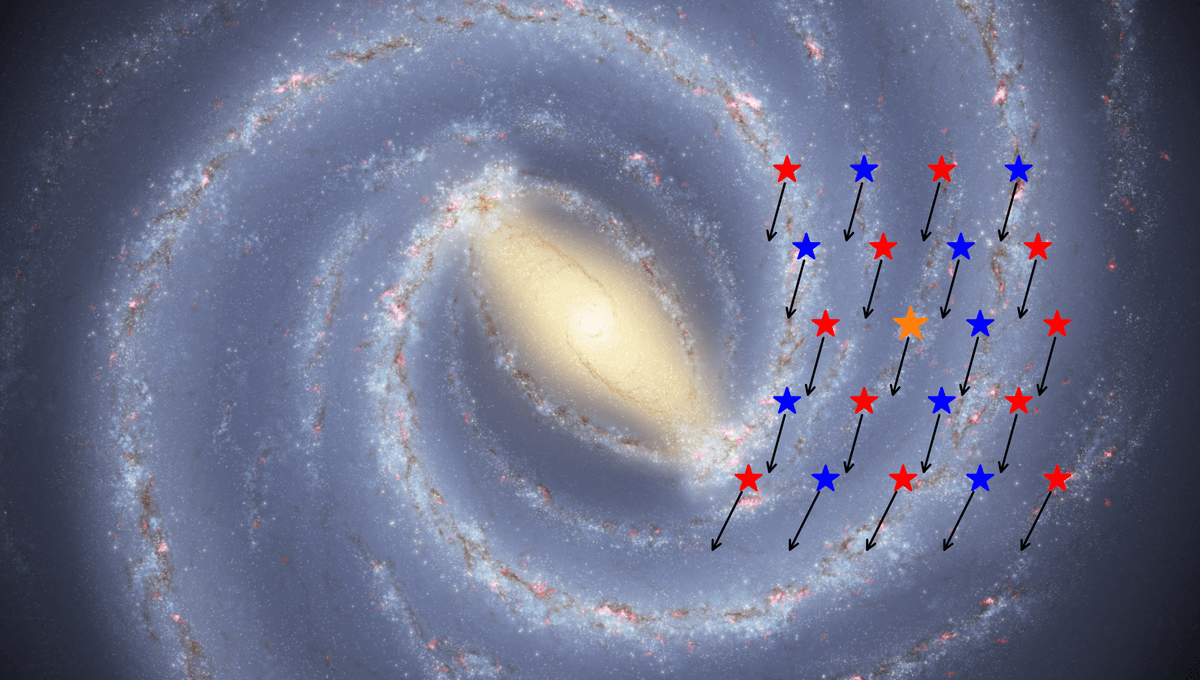
Our galaxy, the Milky Way, is a spiral galaxy. Its main components are a bulge at the center, a thin disk and a thick disk where the spiral arms are located, and a halo. The thin disk is believed to be the youngest component of the galaxy. So imagine how surprised astronomers were when they found some stars in it almost as old as the universe.
The thin disk is where the Solar System is. The Sun is middle-aged, being around 5 billion years old, and the disk was believed to have started forming between 8 and 10 billion years ago. Still, there are uncertainties, so astronomers looked for old stars. At the beginning of the universe, only hydrogen, helium, and a dash of lithium were available. Ancient stars tend to have less “pollution” from heavier elements such as oxygen, carbon, or iron.
So researchers set out to build an age census of stars in the thin disk within 3,200 light-years from the Sun. They found a surprising number of stars which are very old. Most of these ancient stars are over 10 billion years old. A few are over 13, billion years old. They formed when the universe was several hundred million years old.
“These ancient stars in the disk suggest that the formation of the Milky Way’s thin disk began much earlier than previously believed, by about 4–5 billion years,” lead author Samir Nepal from the Leibniz Institute for Astrophysics Potsdam said in a statement.
The work suggests two things. First, the thin disk of a galaxy can form pretty quickly. This matches observations of ancient galaxies from JWST and the Atacama Large Millimeter Array (ALMA). The Milky Way is now in line with the expectations from those distant observations.
The second finding is that the Milky Way had to experience some pretty intense star-formation episodes. The massive stars from these episodes that went supernova provided the enrichment in heavy elements seen throughout the disk.
“Our study suggests that the thin disk of the Milky Way may have formed much earlier than we had thought, and that its formation is strongly related to the early chemical enrichment of the innermost regions of our galaxy,” explained co-author Dr Cristina Chiappini. “The combination of data from different sources and the application of advanced machine learning techniques have enabled us to increase the number of stars with high quality stellar parameters, a key step to lead our team to these new insights.”
The data used in this study comes from the European Space Agency mission Gaia. The spacecraft continues to build the most precise map of the Milky Way galaxy, providing precise measurements on the position, motion, and properties of billions of stars.
A paper discussing these results is accepted for publication in Astronomy & Astrophysics.
Source Link: Ancient Stars Found In Unlikely Region Of The Milky Way